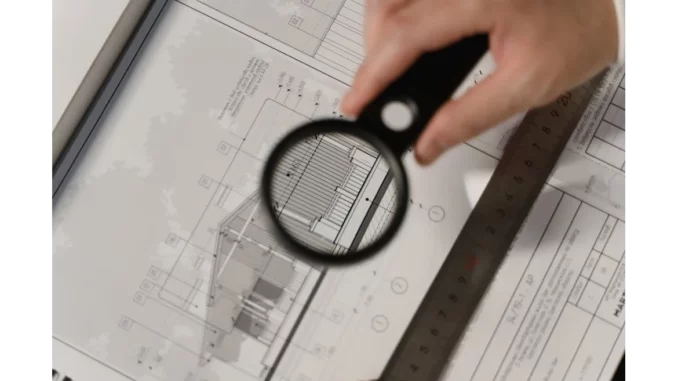
When I sat down with Emma Collins, an experienced building surveyor, I expected to delve into the technicalities of Reinforced Autoclaved Aerated Concrete (RAAC). What I didn’t expect was a conversation that would be so enlightening and directly relevant to anyone who owns or manages a building.
Successful low-energy building design hinges on careful planning. Focus360 Energy can help.
Emma, a chartered surveyor with over 15 years in the industry, has seen her fair share of buildings with hidden issues. But it was RAAC that recently caught her attention due to its potential risks if left unchecked. Our meeting was an opportunity to demystify this lesser-known building material and understand the importance of having a professional survey your property.
“RAAC was a popular building material from the 1950s to the 1980s,” Emma began, sipping her coffee. “It’s lightweight, easy to install, and has good thermal properties. But over time, we’ve learned that it can deteriorate faster than traditional concrete, especially when exposed to moisture.”
Emma explained that RAAC is often found in flat roofs, walls, and floors of schools, offices, and residential buildings. However, its presence isn’t always apparent to the untrained eye. “If you’re unsure whether your building includes RAAC, the first step is to consult a suitably qualified professional, such as an RICS chartered building surveyor,” she advised.
When I asked her why it’s crucial to involve a professional, Emma’s response was clear and compelling. “Identifying RAAC is not straightforward. It requires a deep understanding of building materials and sometimes even laboratory tests. A qualified surveyor brings that expertise, ensuring that any potential risks are accurately assessed.”
Emma recounted a recent experience that highlighted the importance of professional involvement. “I was called to survey a primary school built in the late 1960s. The headteacher was concerned about the structural integrity of the building, having read about the risks associated with RAAC. During the initial walk-through, I suspected the presence of RAAC in the roof panels, but I needed to be certain.”
To confirm her suspicions, Emma conducted a detailed inspection, including core sampling and laboratory analysis. “It turned out that the roof panels were indeed made of RAAC, and they had started to deteriorate. This was causing water ingress and compromising the structural integrity of the roof.”
The discovery led to a comprehensive plan to address the issue, ensuring the safety of the students and staff. “Had the headteacher not taken the initiative to call in a professional, the situation could have worsened, leading to significant safety risks and higher repair costs,” Emma noted.
I was curious about the signs that might indicate the presence of RAAC in a building. Emma listed several indicators that building owners and managers should watch for. “Look for signs of sagging or deflection in flat roofs, unusual cracking in walls and floors, and water stains that might indicate moisture ingress. These could be red flags that warrant a professional inspection.”
However, Emma was quick to caution against making assumptions based solely on these signs. “These symptoms can be caused by various issues, not just RAAC. That’s why a professional assessment is essential.”
Our conversation naturally turned towards the importance of regular building inspections. “Even if your building was constructed after the 1980s, regular inspections are crucial. Building materials can deteriorate over time, and changes in use or environmental conditions can introduce new risks,” Emma advised.
She also highlighted the role of regulatory bodies like the Royal Institution of Chartered Surveyors (RICS) in maintaining high standards in the industry. “As RICS chartered surveyors, we adhere to strict guidelines and codes of practice. This ensures that our assessments and recommendations are based on the latest knowledge and best practices.”
Before we concluded our meeting, I asked Emma for her top advice to building owners and managers who might be reading this. “Don’t ignore potential issues. If you suspect that your building might contain RAAC or any other problematic material, take action. Consult a qualified professional and get a thorough inspection. It’s an investment in safety and peace of mind.”
As I left the interview, I couldn’t help but reflect on the invaluable insights Emma had shared. Her expertise and practical advice underscored the importance of professional assessments in maintaining the safety and integrity of our buildings. For anyone unsure about the materials in their building, Emma’s message was clear: prioritise safety by consulting a qualified professional.
Marcia Snyder


Be the first to comment